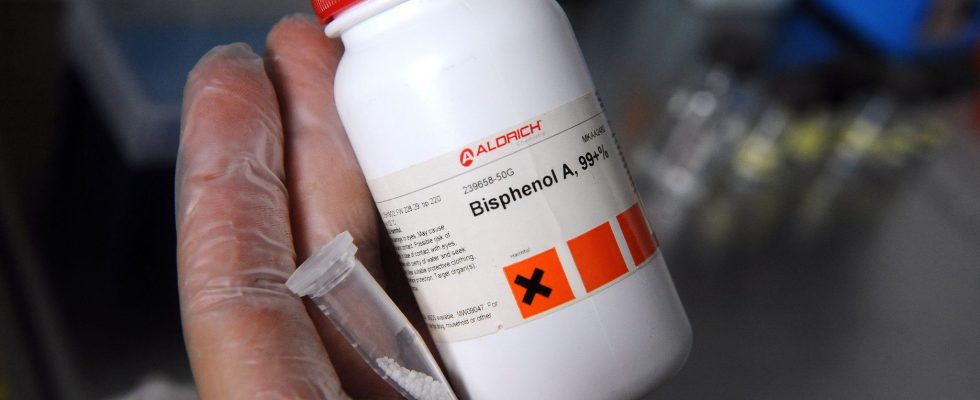Bisphenol A caused a lot of discussion at the turn of the 2010s. The general public then discovered the toxicity of this chemical substance present in many plastics. Shock and tremors: Europe took up the matter and first banned it in baby bottles in 2011. Then, in 2018, in food packaging and bottles intended for children under three years old. It had also been restricted in toys and plastics in contact with the diet of the rest of the population. In the meantime, France had gone further by banning this molecule from all food packaging, containers and kitchen utensils from 2015. Consumers could therefore legitimately believe themselves to be well protected from this pollutant with endocrine disrupting properties, accused of numerous harmful effects on health (carcinogenic, obesogenic, etc.).
A recent report from the European Environment Agency (EEA) shows that this is not the case. Worse, our country even appears to be a bad student. The EEA data is based on urine analyzes of samples of the adult population from 11 European countries. In France, 100% of people tested exceeded the regulatory threshold established by the European Food Safety Agency (EFSA), compared to 73% in Switzerland or 83% in Germany. This contamination cannot be linked to previous exposures, which would have caused an accumulation of this substance in our bodies: “The half-life of BPA in the human body or in the environment is very short, this means that it is eliminated quickly”, confirms Robert Barouki, director of an Inserm toxicology unit and professor of biochemistry at Paris Cité University.
Many sources of exposure
This therefore means that the population continues to be exposed to this product on a permanent basis. Would the regulations already taken have had no effect? The various samples in the study were taken between 2014 and 2020, and the EEA affirms that the levels recorded during the last years of this period were decreasing, while being offset by an increase in the levels of bisphenol S, also considered as problematic. “This poses a difficulty: what decision should the authorities take in light of this new data? The only solution would be a total ban on this substance,” continues Professor Barouki.
Because if food containers were considered the main origin of human contamination, many other sources of exposure exist: certain clothing, dental amalgams and medical devices, epoxy resins from water network piping, or even the numerous everyday objects made of polycarbonate. BPA can in fact escape from these products, end up in dust and contaminate us by contact or inhalation.
Faced with this problem, Europe is not remaining idle. The European Commission therefore wishes to ban all bisphenols in food containers, a proposal which should be presented in the first quarter of 2024. It remains to be seen whether this project will be adopted. Germany had in fact recently tabled a proposal aimed at asking manufacturers manufacturing or using BPA to strongly restrict their releases into the environment, because this substance also plays a role as an endocrine disruptor on wildlife. “There were so many comments and questions from the industry that the German authorities preferred to withdraw the file just a few days ago, only to resubmit it later. This had never happened before,” says a good connoisseur of European mysteries.
One thing is certain: regardless of the efforts that may be made in the future, we will continue to be exposed to BPA already found in our indoor environments. It will therefore still take a long time to reduce contamination rates to zero, although this pollutant is not considered persistent.
